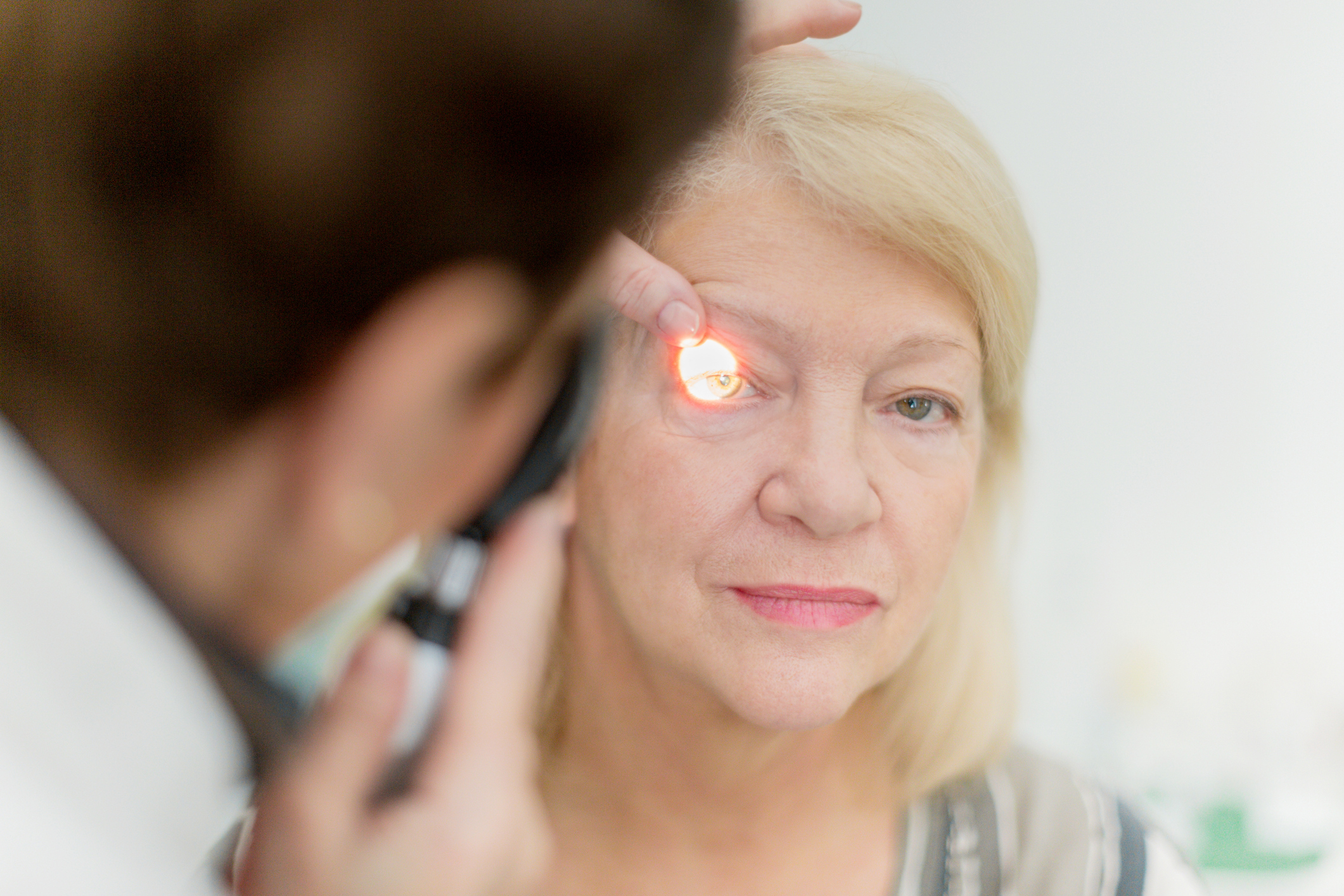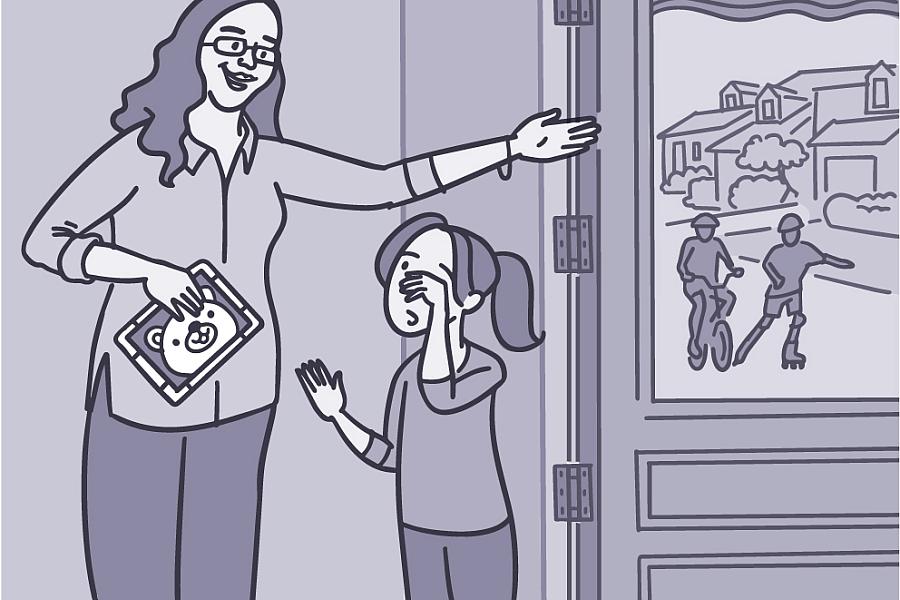Health Capsule
How Cataracts Cloud Your Vision

As we age, our vision changes. Cataracts are one such common change. A cataract is a cloudy area in the lens of your eye. By age 80, most people either have cataracts or have had surgery to remove them.
Around age 40, the proteins in the lens of your eye start to break down and clump together. This clumping makes a cloudy area on your lens that gets worse over time.
At first, you may not have any symptoms. But eventually your vision becomes blurry and colors seem faded. You may also have trouble seeing at night.
Luckily, cataracts can be corrected with surgery. Cataract surgery is one of the most common operations in the U.S. Your doctor may recommend surgery if your cataracts start getting in the way of everyday activities like reading, driving, or watching TV.
During cataract surgery, the doctor removes the clouded lens and replaces it with a new, artificial lens. Surgery is very safe. Nine out of 10 people who get it can see better afterwards. But most people don’t need to rush into surgery. Talk with your health care provider if you’re having vision problems.
There are things you can do to delay cataracts. Wear sunglasses and a hat to block the sun. Quit smoking. Eat plenty of fruits and vegetables—especially dark, leafy greens like spinach and kale. And if you’re age 60 or older, get a dilated eye exam at least once every two years.
Find more information on cataracts.
NIH Office of Communications and Public Liaison
Building 31, Room 5B52
Bethesda, MD 20892-2094
nihnewsinhealth@od.nih.gov
Tel: 301-451-8224
Editor:
Harrison Wein, Ph.D.
Managing Editor:
Tianna Hicklin, Ph.D.
Illustrator:
Alan Defibaugh
Attention Editors: Reprint our articles and illustrations in your own publication. Our material is not copyrighted. Please acknowledge NIH News in Health as the source and send us a copy.
For more consumer health news and information, visit health.nih.gov.
For wellness toolkits, visit www.nih.gov/wellnesstoolkits.




